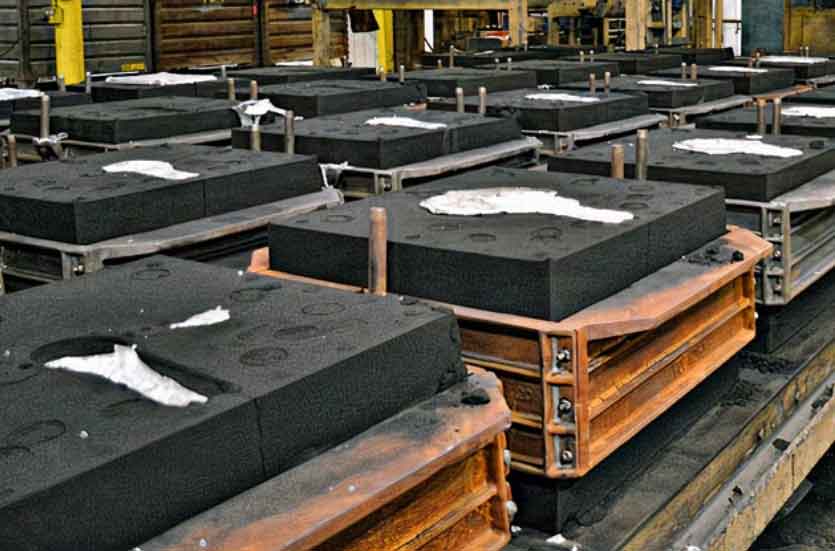
Resin sand casting has seen several innovations that have pushed the boundaries of metal fabrication and expanded its capabilities. These innovations have addressed some of the traditional limitations of the process, enabling manufacturers to produce more complex and high-quality metal components. Some of the key innovations in resin sand casting include:
- Advanced Resin Formulations: The development of advanced resin formulations has led to improved mold strength, better dimensional stability, and enhanced surface finish. These resins provide higher resistance to thermal stresses during casting, resulting in reduced defects and improved overall quality.
- 3D Printing and Rapid Prototyping: Integration of 3D printing and rapid prototyping technologies with resin sand casting has allowed manufacturers to create intricate patterns and molds with high precision. This enables faster prototyping and reduces the lead time for product development.
- Robotic Automation: The use of robotics and automation in the resin sand casting process has increased efficiency, reduced human errors, and enabled consistent production. Robots can handle tasks like mold handling, pouring, and finishing, making the process more streamlined and cost-effective.
- Simulation Software: Advanced simulation software allows manufacturers to optimize the casting process virtually before actual production. This helps in predicting potential defects, optimizing gating systems, and improving casting yield and quality.
- Innovative Casting Techniques: New casting techniques, such as vacuum-assisted resin sand casting (V-Process) and shell molding, have been developed to improve surface finish and reduce defects. These techniques also enable the production of thinner and lighter components.
- Additive Manufacturing Integration: The integration of additive manufacturing (3D printing) with resin sand casting has enabled the creation of intricate cores and complex internal geometries. This combination allows for the production of components with internal passages, cooling channels, and other features that were previously difficult or impossible to achieve.
- Improved Material Properties: Advancements in sand and additive materials have contributed to better material properties, leading to higher mechanical strength, reduced shrinkage, and improved castability.
- Reduced Environmental Impact: Innovations in the resin sand casting process have also focused on reducing the environmental impact of casting operations. This includes the development of eco-friendly resins and improved sand reclamation techniques to minimize waste and optimize resource utilization.
The ongoing innovations in resin sand casting have opened up new possibilities for the production of intricate, high-precision, and high-performance metal components. As these technologies continue to evolve, resin sand casting is expected to remain a competitive and valuable process in the field of metal fabrication.
